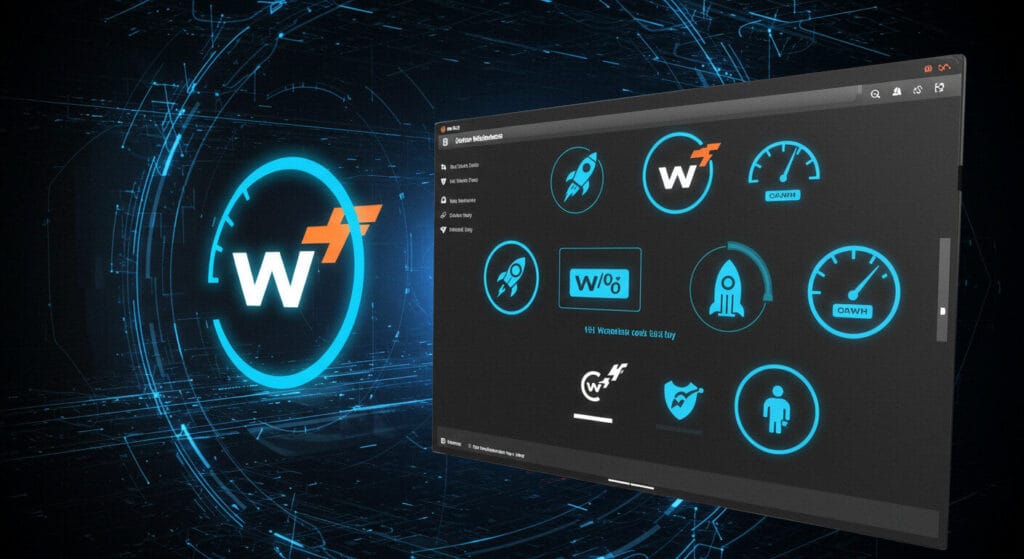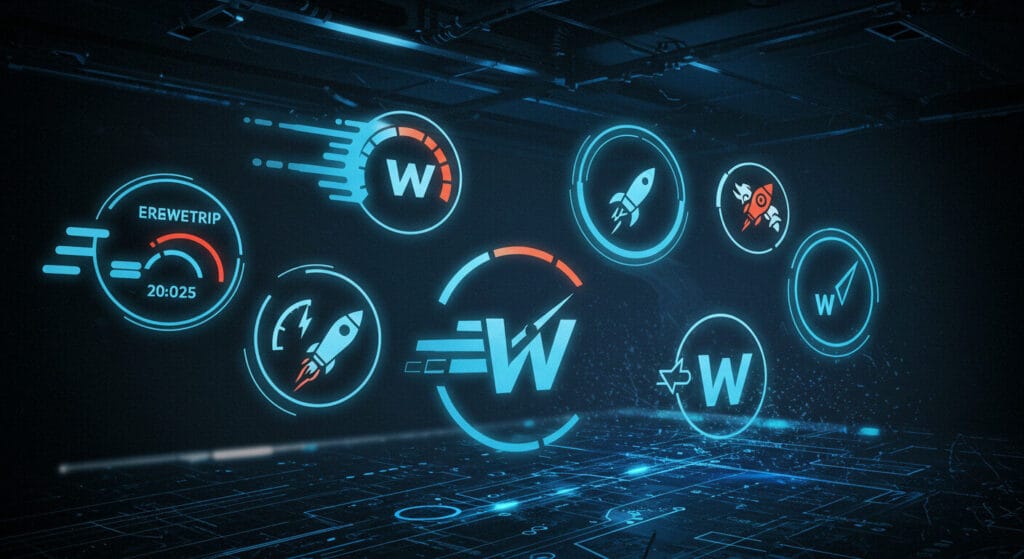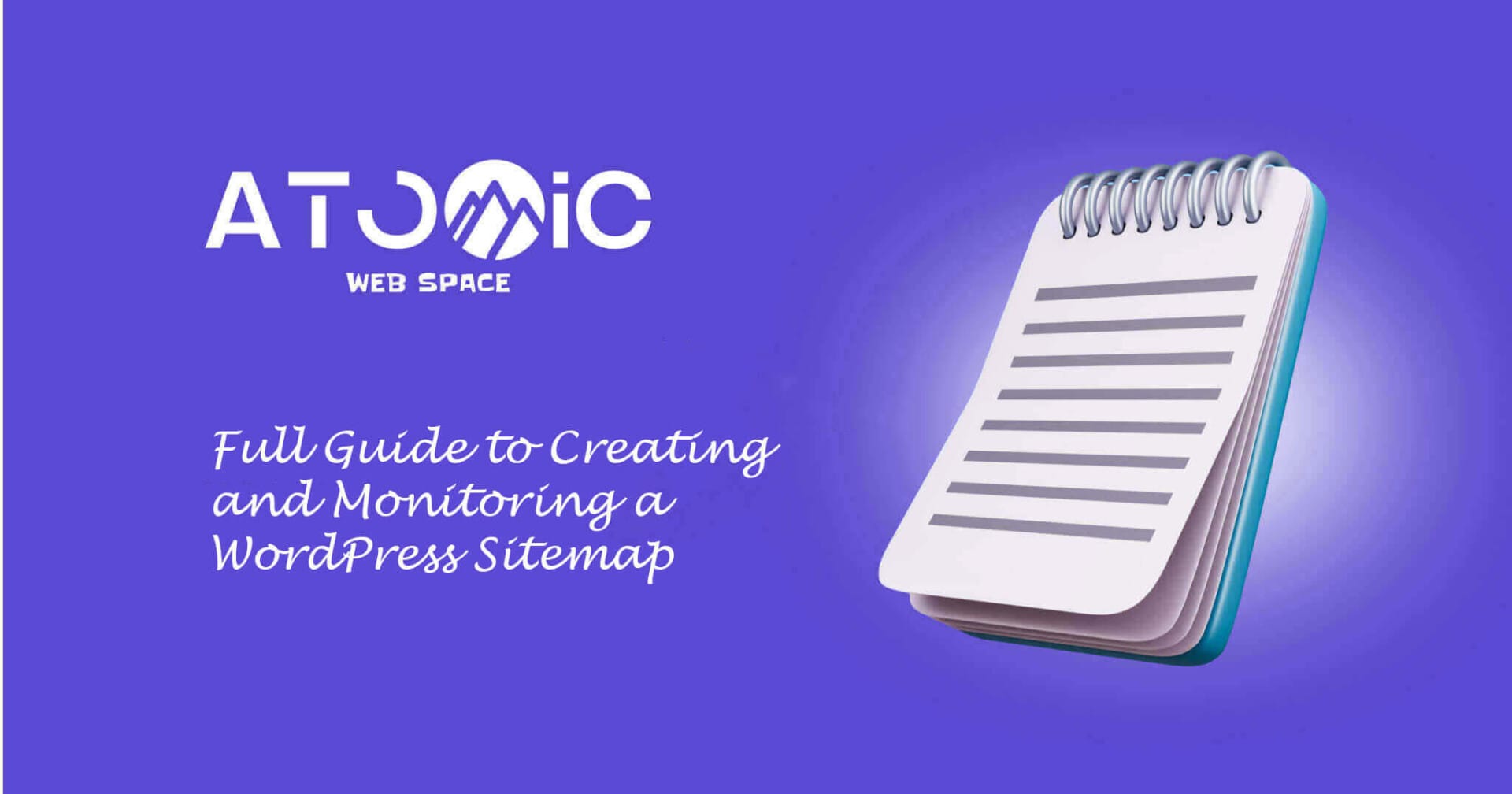
How to Optimize WordPress Themes for Speed in 2025
The WordPress ecosystem in 2025 powers over 45% of the web, according to W3Techs data from w3techs.com, making it the go-to platform for bloggers, developers, and businesses. However, as sites grow with plugins, themes, and content, speed can suffer—impacting user experience and SEO rankings. For WordPress developers, bloggers, and enthusiasts focused on development, plugins, themes, and the broader ecosystem, optimizing your theme for speed is a critical step to stay competitive. With Google’s 2025 Core Web Vitals updates emphasizing Largest Contentful Paint (LCP) and Cumulative Layout Shift (CLS), a fast-loading theme isn’t optional—it’s essential.
In this guide, we’ll explore how to optimize WordPress themes for speed in 2025, using proven techniques, tools, and strategies. Whether you’re building a tech blog or a client site, these steps will help your WordPress site load faster and rank higher. Let’s dive in.
Why Theme Speed Matters for WordPress in 2025
Site speed directly affects user satisfaction and search engine rankings. A 2024 study by Google found that pages loading under 2.5 seconds have a 30% lower bounce rate, per developers.google.com. In 2025, Google’s Core Web Vitals remain a key ranking factor, with LCP (time to load the main content) and CLS (visual stability) heavily influenced by your theme’s performance. For WordPress users, a poorly optimized theme can add seconds to load times, especially on mobile, where 65% of traffic originates, per Statista at statista.com.
For your blog, covering theme optimization aligns with your audience’s interest in WordPress development, themes, and the ecosystem. It’s also an SEO-friendly topic, with rising searches for “optimize WordPress themes for speed 2025,” driven by performance demands. Let’s explore the best techniques.

1. Choose a Lightweight, SEO-Friendly Theme
What It Is: A lightweight theme minimizes code bloat, reducing load times. In 2025, themes built with performance in mind dominate the WordPress ecosystem.
Why It’s Effective:
- Themes like Astra and GeneratePress load in under 1 second, per benchmarks from WP Rocket at wp-rocket.me.
- Lightweight themes reduce server requests, improving LCP by up to 40%.
- SEO-friendly themes include built-in schema markup, enhancing search visibility.
How to Implement:
- Browse WordPress.org or ThemeForest for themes labeled “lightweight” or “performance-optimized.”
- Test demo sites with Google PageSpeed Insights at pagespeed.web.dev to ensure scores above 90.
- Avoid feature-heavy themes with excessive scripts, like some premium multipurpose themes.
Action Step: Switch to Astra (free version available) and test its speed on a staging site before going live.
2. Minify and Optimize CSS, JavaScript, and HTML
What It Is: Minification removes unnecessary characters (spaces, comments) from your theme’s code, reducing file sizes. In 2025, this is a standard for speed optimization.
Why It’s Effective:
- Minified files can reduce load times by 20-30%, per a 2024 Autoptimize report from autoptimize.com.
- Fewer server requests improve First Input Delay (FID), a Core Web Vitals metric.
- Clean code enhances theme compatibility with caching plugins.
How to Implement:
- Install a plugin like Autoptimize or WP Rocket to minify CSS, JavaScript, and HTML automatically.
- Combine CSS and JavaScript files to reduce HTTP requests.
- Use GTmetrix at gtmetrix.com to verify reductions in file size and requests.
Action Step: Enable Autoptimize’s minification settings and check your site’s performance with GTmetrix.
3. Enable Lazy Loading for Images and Videos
What It Is: Lazy loading delays the loading of off-screen images and videos until users scroll to them. In 2025, it’s a default feature in many optimized themes.
Why It’s Effective:
- Reduces initial page load time by 25%, per Smush data from wordpress.org.
- Improves LCP by prioritizing above-the-fold content.
- Saves bandwidth, especially on mobile devices.
How to Implement:
- Use a theme with built-in lazy loading, like GeneratePress.
- Install a plugin like Smush or Jetpack to enable lazy loading for all media.
- Test with Google Lighthouse at developers.google.com to ensure proper implementation.
Action Step: Activate lazy loading via Smush and confirm improvements in LCP scores.

4. Remove Unused Theme Features and Scripts
What It Is: Many WordPress themes include features (e.g., sliders, fonts) that you may not use, adding unnecessary load. In 2025, lean themes are the trend.
Why It’s Effective:
- Removing unused scripts cuts page weight by 15-20%, per a 2024 Kinsta study from kinsta.com.
- Reduces render-blocking resources, improving Time to Interactive (TTI).
- Enhances theme performance on low-bandwidth connections.
How to Implement:
- Use a plugin like Asset CleanUp to disable unused CSS and JavaScript.
- Manually dequeue scripts via your theme’s functions.php file (requires coding knowledge).
- Audit your theme with Chrome DevTools to identify unused resources.
Action Step: Install Asset CleanUp and disable at least three unused scripts from your theme.
5. Optimize Fonts and Use System Fonts When Possible
What It Is: Custom fonts (e.g., Google Fonts) can slow down your theme by adding external requests. In 2025, system fonts are a speed-focused alternative.
Why It’s Effective:
- System fonts (e.g., Arial, Helvetica) load instantly, reducing LCP by 10-15%.
- Preloading critical fonts minimizes render delays.
- Fewer font requests improve mobile performance, per Web.dev at web.dev.
How to Implement:
- Switch to system fonts in your theme’s Customizer settings.
- If using custom fonts, preload them with a plugin like Perfmatters.
- Host Google Fonts locally using a plugin like OMGF.
Action Step: Replace one custom font with a system font and monitor speed improvements with Web.dev.
6. Leverage Browser Caching and CDNs
What It Is: Browser caching stores static files locally, while CDNs deliver content from servers closer to users. In 2025, both are essential for theme optimization.
Why It’s Effective:
- Browser caching reduces load times for repeat visitors by 50%, per Cloudflare at cloudflare.com.
- CDNs cut latency by 60% for global users, per BunnyCDN at bunny.net.
- Supports Core Web Vitals by improving TTFB (Time to First Byte).
How to Implement:
- Use a plugin like W3 Total Cache to enable browser caching.
- Sign up for a CDN like Cloudflare or BunnyCDN and integrate it with your WordPress site.
- Test with Pingdom at tools.pingdom.com to verify speed gains.
Action Step: Set up Cloudflare’s free plan and enable browser caching with W3 Total Cache.
7. Test and Monitor Theme Performance Regularly
What It Is: Ongoing testing ensures your theme remains optimized as you add content and plugins. In 2025, performance monitoring is a developer’s best practice.
Why It’s Effective:
- Identifies new bottlenecks, like render-blocking scripts, before they impact users.
- Tracks Core Web Vitals metrics, ensuring compliance with Google’s 2025 standards.
- Helps maintain a PageSpeed score above 90, per Google’s recommendations.
How to Implement:
- Use Google PageSpeed Insights and GTmetrix to test your theme monthly.
- Monitor real-user metrics with Google Search Console at search.google.com.
- Set up alerts for performance drops using tools like Pingdom.
Action Step: Run a GTmetrix test today and address any render-blocking issues.

Best Practices for Optimizing WordPress Themes
To ensure long-term success, follow these best practices:
- Update Regularly: Keep your theme updated to benefit from performance patches, as outdated themes can slow sites by 20%, per WPScan at wpscan.com.
- Use a Staging Site: Test optimizations on a staging site to avoid live site disruptions.
- Prioritize Mobile: Optimize for mobile-first indexing, as mobile performance drives rankings in 2025.
- Seek Expertise: For complex customizations, consult Wilson Devops at https://wilsondevops.com for tailored WordPress development solutions.
The Future of WordPress Theme Optimization in 2025
By 2025, WordPress themes will evolve with AI-driven performance tools, 5G integration, and PWA compatibility. Developers will focus on ultra-lightweight frameworks, while themes will increasingly adopt built-in optimization features like lazy loading and font preloading. For bloggers and developers, mastering these techniques ensures your site remains competitive in an ever-evolving ecosystem.
Final Thoughts
Optimizing WordPress themes for speed in 2025 is a game-changer, offering bloggers and developers a way to enhance user experience, boost SEO, and stay ahead of Google’s Core Web Vitals. From lightweight themes to browser caching, these techniques align perfectly with your blog’s focus on WordPress development, plugins, themes, and the broader ecosystem.
Ready to speed up your site? Start with Astra and WP Rocket today, then consult Wilson Devops at https://wilsondevops.com for advanced solutions. Which technique will you try first? Share your thoughts in the comments—I’d love to hear from you!



